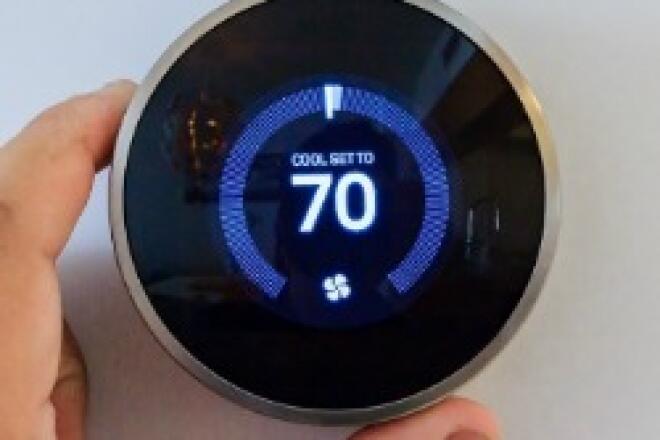
3 Big Changes in the World of Electric Vehicles
In late November, Tesla finally unveiled its long-planned Cybertruck, a blocky, battery-powered pickup truck that drew strong reactions from the public - ranging from "hideous" to "genius".
Regardless of what you may think about the Cybertruck's design, the new truck does give us a few clues on where the electric vehicle (EV) market may be heading in the near future. For one, we're likely to see a major increase in electric pickups and SUVs in the years ahead, as GM, Ford, Rivian and others have models in the pipeline.
Second, it's starting price point of $39,990 is pretty much in line with similar gas-powered trucks. For example, a 2020 Ford F-150 will run you $30,000 to $43,000 for the standard models. The cost of electric vehicles has dropped significantly in recent years, and EVs are likely to reach price parity with gas-powered cars soon.
Finally, the Cybertruck's incredible battery range - 250 to 500 miles on a full charge (depending on the model) – demonstrates the massive improvements that have been made to battery technology in recent years and what we’ll likely see in models from other manufacturers.
Let’s take a closer look at these three big trends and what they mean for prospective EV buyers:
1. Battery ranges have increased rapidly (and will continue to do so)
Tesla has long been known as a leader in EV battery technology. The company has reached many milestones for EV battery ranges, and with a 500-mile range on one Cybertruck model, Tesla continues to show what's possible in a commercially available EV.
However, battery ranges have increased across the board in recent years, and now many automakers, including Audi, Kia, Chevrolet and Jaguar, offer models with more than 200 miles of range. For example, the relatively affordable 2020 Chevy Bolt features a range of 259 miles, while the Kia Niro EV comes in at 239 miles on a full charge. Tesla continues to lead the way with several models featuring battery ranges over 300 miles.
Only a few years ago, it was rare to see an EV with a range of over 200 miles. Today, however, that 200-mile benchmark seems to be the minimum for new models, and it’s likely that we'll routinely see EVs with 300- or 400-mile batteries in the near future. In fact, one Swiss company recently claimed to have developed a 600-mile lithium-ion battery.
2. Price parity with traditional, gas-powered vehicles is approaching
Despite these massive improvements in EV battery technology, battery prices are actually dropping quite rapidly, bringing the costs of electric vehicles down too. According to a recent report, battery costs today are half of what they were just three years ago!
 Although EV drivers will already save a considerable amount of money on fuel and maintenance costs over the lifetime of ownership compared to a gas-powered car, the price tags of most EVs are still somewhat higher than their gas-powered equivalents. But this is quickly changing. Now, most analysts expect EVs to reach price parity with gas-powered vehicles in the next five years.
Although EV drivers will already save a considerable amount of money on fuel and maintenance costs over the lifetime of ownership compared to a gas-powered car, the price tags of most EVs are still somewhat higher than their gas-powered equivalents. But this is quickly changing. Now, most analysts expect EVs to reach price parity with gas-powered vehicles in the next five years.
In the meantime, more and more used, affordable EVs are hitting dealerships, and automakers are placing a priority of developing affordable new models. For example, the Hyundai Kona Electric, which features 258 miles of battery range, starts at $36,950. Nissan, Kia and Chevy also offer EVs in this price range, and Tesla made a big splash with the introduction of its Model 3, which starts at just $33,315 for the base model.
3. More models are available than ever before, and more are coming
Finally, although there are many more EVs on the market today compared to just two or three years ago, it’s nothing compared to what we’ll see over the next five years. Automakers in the U.S. and across the globe – including Toyota, Hyundai, Ford and GM – are pouring billions of dollars into electric vehicle development. According to a recent analysis, global EV investment now equals $90 billion.
As mentioned above, this will certainly lead to a flood of more affordable EV models, but we’ll also likely see a more diverse range of EV options to fit drivers’ various needs. For example, Ford – who invested $500 million in EV truck startup Rivian this year – has EV versions of its iconic Mustang and F-150 models coming in the next couple of years.
Volvo, Subaru and Toyota are all currently developing electric SUVs, and luxury automakers Porsche and Aston Martin both have EV models on the way. The Aston Martin Rapide E will have 604 horsepower, accelerate from 0-60 mph in under four seconds and feature over 200 miles of range.
Entering a new era for electric vehicles
The electric vehicle market has matured significantly over the last couple of years, but all signs point to this just being the beginning. Automakers are investing billions into developing EVs, and the old stigmas of low battery ranges, high price points and few options have largely faded away. If you’re considering buying a new car in the next couple of years, you may want to take a look at an EV – there’s likely one out there that fits your needs.
Still looking for more information about electric vehicles? Check out our in-depth electric vehicle guidebook for consumers here.



